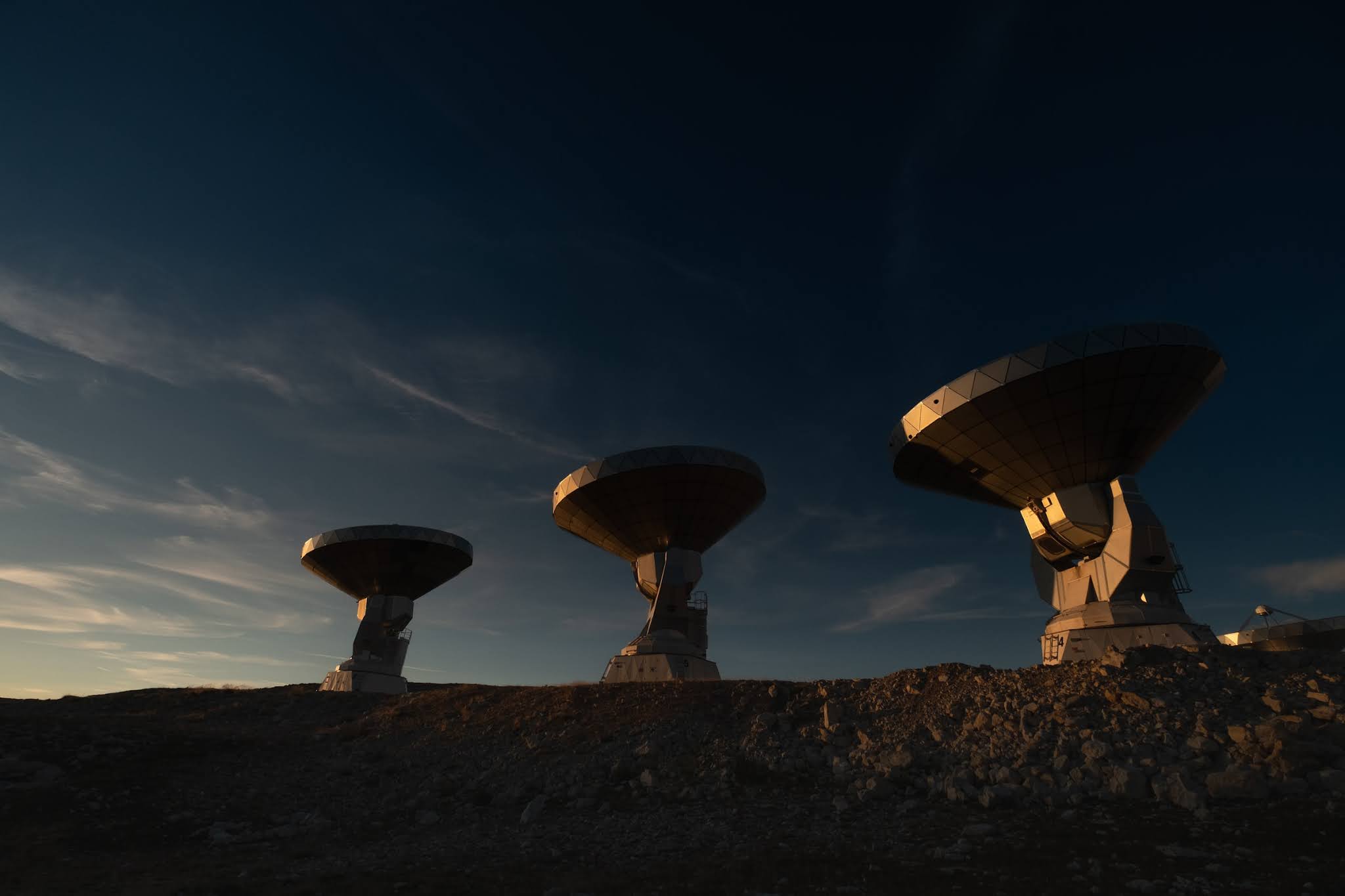The Hubble telescope is a large telescope in space that was launched by NASA in 1990 and it is fully powered by solar arrays. Its discoveries have made a revolution in the field of space, enhancing our understanding of space and it has been operational for a quarter of a century now. It has been serviced 5 times ever since its launch. It has proven to be effective than the telescopes on the Earth even though they are just a few miles above the surface of the Earth. How is the Hubble Telescope effective?
 |
| The Hubble Telescope - The Most Prolific Scientific Instrument ever |
What Hubble Telescope is used for?
The Hubble Telescope has helped us to learn about the truth of the universe. It has helped us discover new galaxies and stars in the vastness of space. The goal of this telescope is to gather the light from the stellar objects of the cosmos and analysis them to find out about the mysteries of the observable universe. It can not only see the visible light but also the Ultraviolet and Infrared light emitted from the cosmic objects.
The Hubble telescope was launched on the 24th of April 1990 from the space shuttle Discovery (STS-31) and it started sending its images from the 20th of May. It is extremely steady and accurate, and it revolves around the Earth every 95 minutes. It transmits 150 GB of raw data about the light emitted from the cosmos every week. It is acknowledged as the most fruitful scientific instrument humanity has ever made.
How does the Hubble Telescope work?
The Hubble Telescope has six cameras and sensors which can sense visible, ultraviolet and infrared light from the cosmos. At the core of the telescope, a primary mirror with an 8-foot diameter is placed. The different sources of light are reflected by the primary mirror and in the secondary mirror. It is reflected by the primary mirror with a hole in the primary mirror and so by adjusting the focal length of the mirror, clear images can be taken. The images which are taken onboard the Hubble Telescope are transmitted back to the Earth.
But what makes the Hubble telescope distinctive is the fact that it is located in space and so its vision is not clouded by the Earth's atmosphere. Generally, the telescopes on Earth can't pick some light rays as they get blocked by our atmosphere. Hubble doesn't bother about the atmosphere as it will fly above the edge of the space over our atmosphere.
The Hubble Telescope has been crucial for us for finding out about the age of the universe and the observation of distant galaxies. It can collect data about the light from the cosmos to up to several billion years. The Hubble Deep Field was the remotest area, the Hubble discovered and it was about 10-15 billion light-years.
How the Hubble Space Telescope Expanded Our Sense of the Cosmos?
The Hubble telescope played a major role in finding out about the formation of galaxies and stars in the cosmos. The picture called "Hubble Ultra Deep Field" shows the distant galaxies ever observed in space. It has seen the star formation and the end of the stars, it has spotted black holes. It has helped us understand the Earth and how we might have gotten water on our planet. The meteor strike on Jupiter was spotted by the Hubble telescope. It helped us realize how we got water on our planet and how much part comets have played in providing water to our planet Millenniums ago.
The main purpose of the launch of this telescope is to find out about the expansion of the Universe proposed by American scientist Edwin Hubble. And we have found the answer! Well, At least the theory behind it. The Telescope has provided information about the existence of Dark matter and the stretching of the universe by Dark Energy. It made us understand the age of the universe (13.82 billion years). The Hubble has supported us in finding exoplanets in other galaxies. It has already spotted 16 potential Exoplanets in our star system.
 |
| Exoplanets found by the Hubble Telescope |





